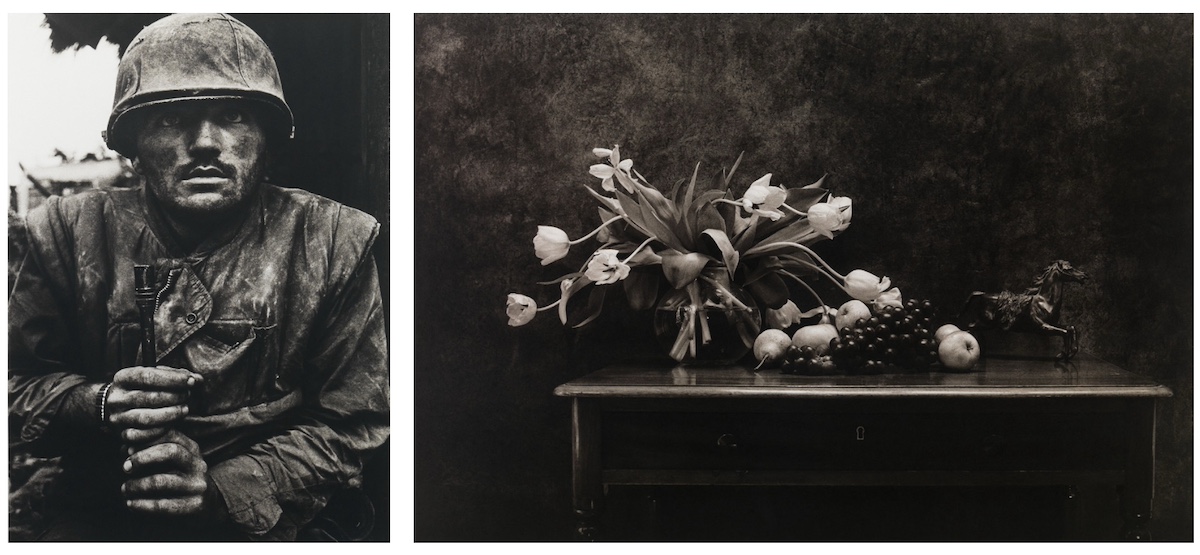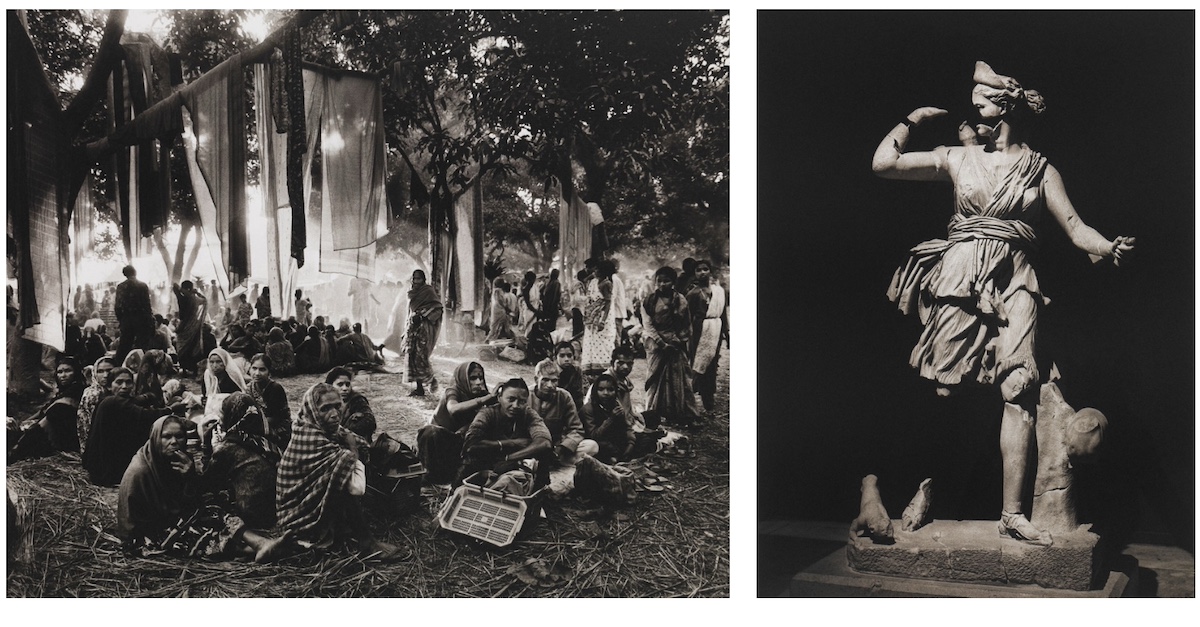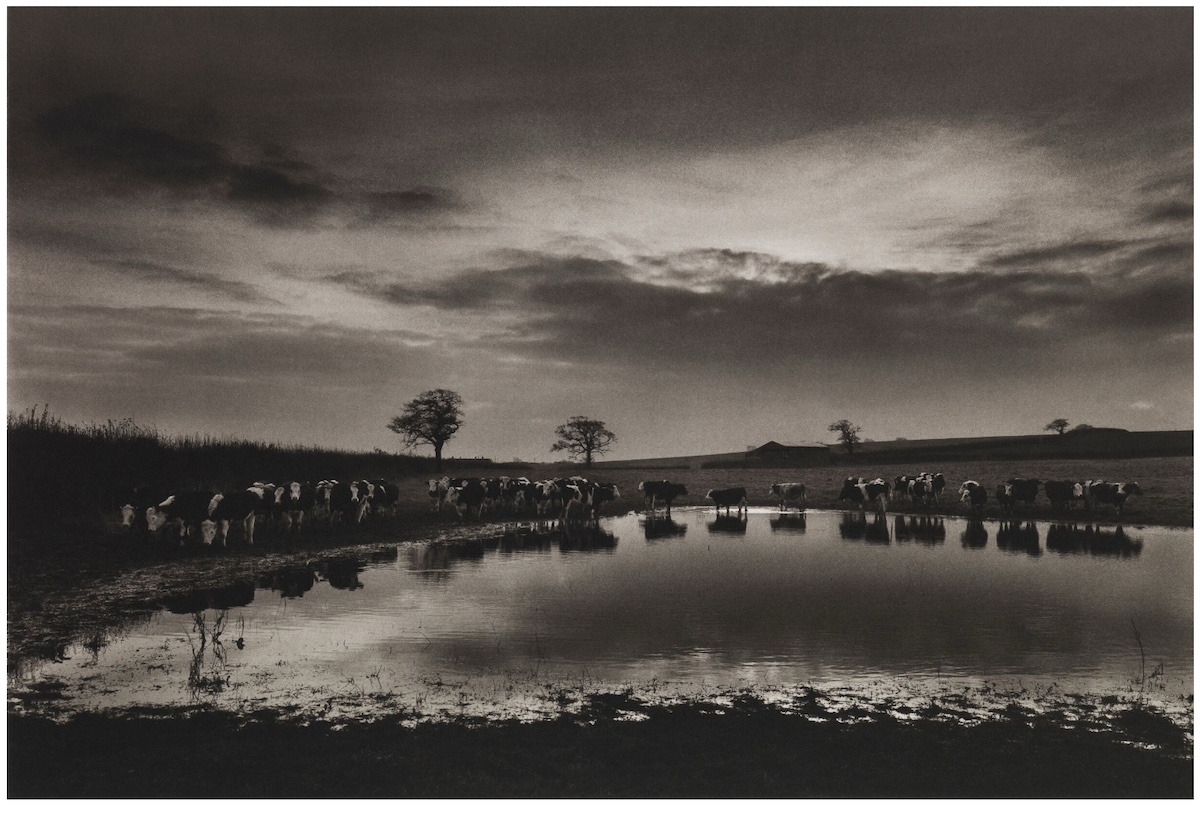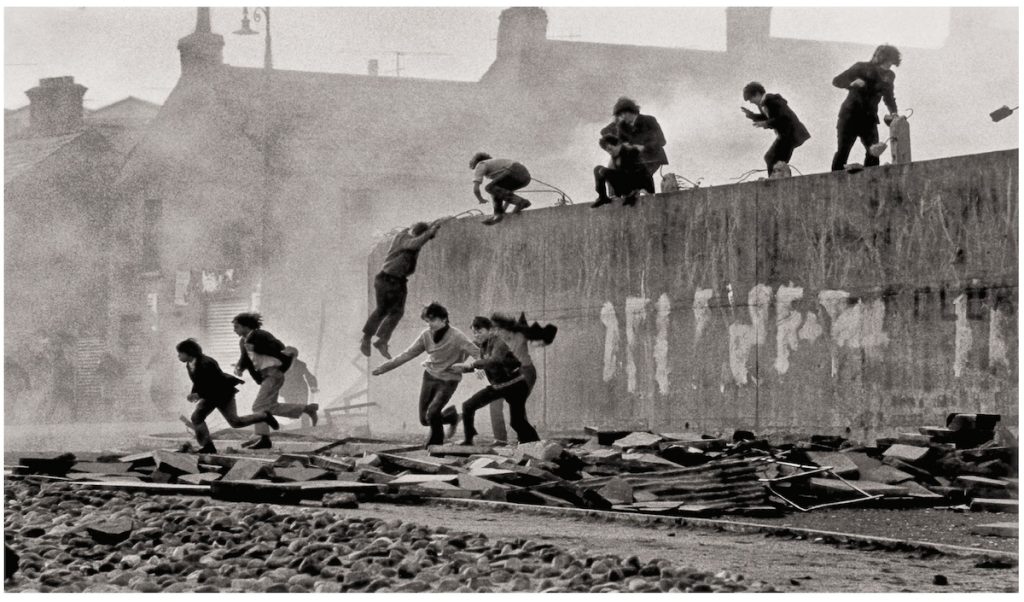Hauser & Wirth’s new exhibition, “A Desecrated Serenity,” celebrates the extraordinary career of Sir Don McCullin, one of the world’s most celebrated war photographers and visual storytellers. This exhibition, coinciding with McCullin’s 90th birthday, marks his most comprehensive U.S. showing to date and the first in New York dedicated solely to his work. Through nearly fifty profound images and an array of archival material, “A Desecrated Serenity” grips visitors in McCullin’s evocative world—a world balanced between the harrowing grit of conflict and the hushed reverence of nature and still life.
Sir Don McCullin: A Legacy in Lens and Light
Sir Don McCullin has chronicled some of the most significant and tragic events of the 20th century with unparalleled empathy and technical mastery. Knighted in 2017 for his services to photography, McCullin’s work spans decades and continents, documenting war zones in Vietnam, Beirut, and Biafra, as well as the social strife of postwar Britain. His celebrated image of a shell-shocked U.S. Marine during the battle of Hué in 1968 encapsulates the emotional toll of war in a single, unforgettable frame.

(R) “Still life in my garden shed” 1989
At the core of McCullin’s work is a rare ability to convey humanity’s pain and resilience without exploitation. The exhibition highlights this through his battered Nikon F camera, struck by a bullet in combat, a visceral reminder of the danger he faced to reveal uncomfortable truths.
Sir Don McCullin Exhibition Captures History’s Beauty and Brutality
“A Desecrated Serenity” also brings attention to McCullin’s lesser-known yet equally powerful early work. Gritty street portraits such as “The Guvnors in their Sunday Suits, Finsbury Park, London” (1958) and austere industrial landscapes from Northern England in the 1960s portray the despair and dignity of working-class life. These black-and-white compositions are both documentary and poetic, bearing the emotional weight of McCullin’s upbringing in postwar East London.
The exhibit also explores his travel photography, with poignant depictions of life in India, Sudan, and Indonesia. His image from the Great Elephant Festival along the River Gandak in 1965 reveals a reverent attention to cultural nuance and ritual, reaffirming that McCullin’s greatest strength lies in his sincere engagement with the world around him.

(R) “Diana in Turkey, Antalya” 2021
Following decades of frontline reportage, Sir Don McCullin shifted toward more contemplative subject matter. The landscapes of France, Scotland, and Somerset—where he was evacuated during WWII and now resides—reveal a man reconciling with the past through solitude and natural beauty. These painterly black-and-white photographs express emotional stillness while retaining the emotional tension of his wartime images Fields, fog, and forest become metaphors for memory and redemption.
Complementing these landscapes are somber still lifes inspired by Flemish and Dutch masters, and haunting images of Roman statuary, a result of McCullin’s “Southern Frontiers” series. These works continue his fascination with the psychological residue of history. Though far removed from the chaos of conflict, they remain deeply evocative, inviting viewers to confront the beauty and decay inherent in all things.

As the exhibition makes clear, Sir Don McCullin’s work is defined not only by what he captures but by how he captures it. His camera has always been a conduit for compassion, not voyeurism. Whether in the rubble of civil unrest or the stillness of a sun-dappled field, McCullin insists that we look deeper. His career is not simply a document of events—it is a call to conscience.
“A Desecrated Serenity” opens on September 3 and runs through November 8, 2025.
Discover more from artsXhibit
Subscribe to get the latest posts sent to your email.

